6.0L Power Stroke Problems, Part 4: VGT
Even if you’ve addressed the 6.0L Power Stroke’s propensity to develop a clogged oil cooler, meticulously maintained the EGR system and added head studs in place of the factory torque-to-yield head bolts, you may still end up with a truck that suffers from poor drivability. Why? The variable geometry turbocharger is known to “stick” (i.e. the inner workings on the drive side of the turbo seize up), which means it can no longer function properly. In most cases, a sticking turbo issue can be fixed without replacing the turbo (a cost of roughly $750), but until you remove the VGT from the engine, pull the turbo apart and treat it to a thorough cleaning, the problem won’t go away.
Below, we’ll spotlight the primary causes of VGT seizure. Then we’ll walk you through some common remedies for this highly common problem.
Garrett GT3782VA
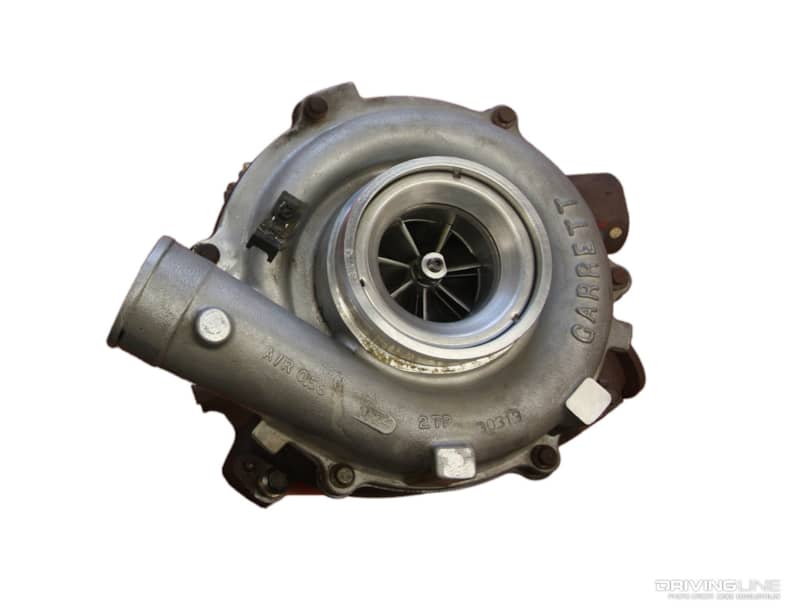
The Garrett GT3782VA aboard the 6.0L Power Stroke is an impressive piece of engineering when it’s functioning properly. This same turbocharger was found on all ’03-’07 6.0L engines, albeit it with a few subtle differences, namely between early and late turbos. The early, ’03 model turbocharger differs from ’04-’07 models due to different mounting bolt locations and also the fact that is came with a 10-blade turbine wheel—making for arguably the loudest VGT ever offered on a factory diesel pickup. The later version of the GT3782VA came with a quieter, 13-blade turbine. Either version, early or late, featured a 58mm compressor wheel.
Vanes: The Magic Behind VGT
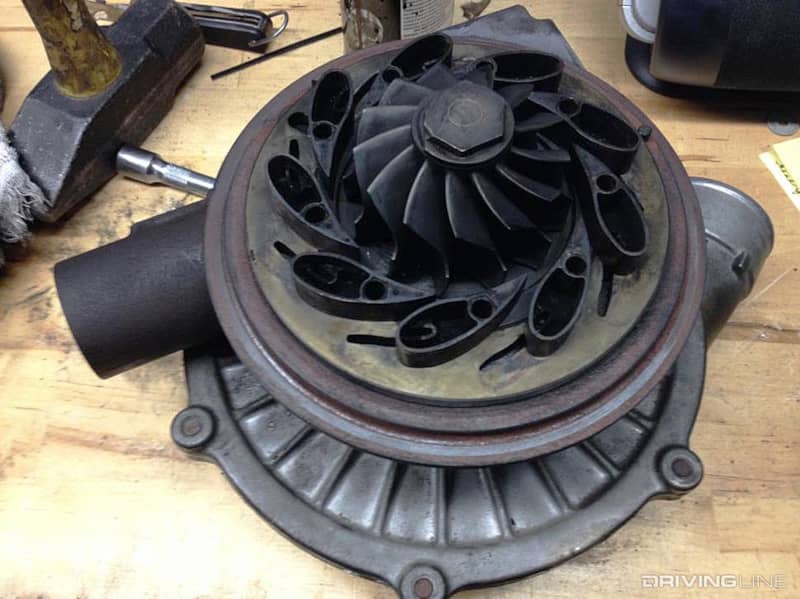
While the GT3782VA’s compressor (intake) side is no different from a conventional turbocharger, the turbine (exhaust) side is notably different. A conventional turbine wheel is present within the turbine housing, but turbine vanes, which can be moved to effectively alter exhaust flow across the turbine wheel, reside inside the housing. This variable geometry technology allows it to act as a much smaller turbocharger at low engine speed (for quick response) and a larger turbo at higher engine speeds (for top-end power). Its transient response is night-and-day different from what a fixed geometry turbo offers as well.
What Happens
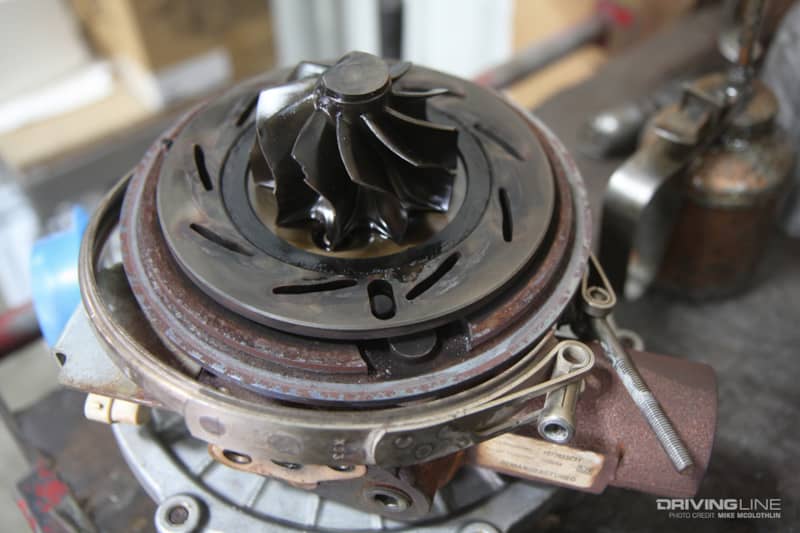
The unison ring (the slotted steel circle shown above) moves all turbine vanes in a uniform manner when prompted. However, in trucks that see a lot of steady-state driving, excessive idle time or that sit for extended periods, the unison ring isn’t as active as it needs to be and corrosion, rust and carbon buildup occurs. This buildup shrinks the clearances between the unison ring and the turbine housing. Eventually, the unison ring will begin to stick and even seize up, thereby leaving the turbine vanes in one set position. Depending on what position the vanes are stuck in when they cease to function, you’re either left with a truck that’s very responsive down low but a dog up top, or extremely laggy at low rpm but a strong runner in the higher rev range.
Turbo Cleaning
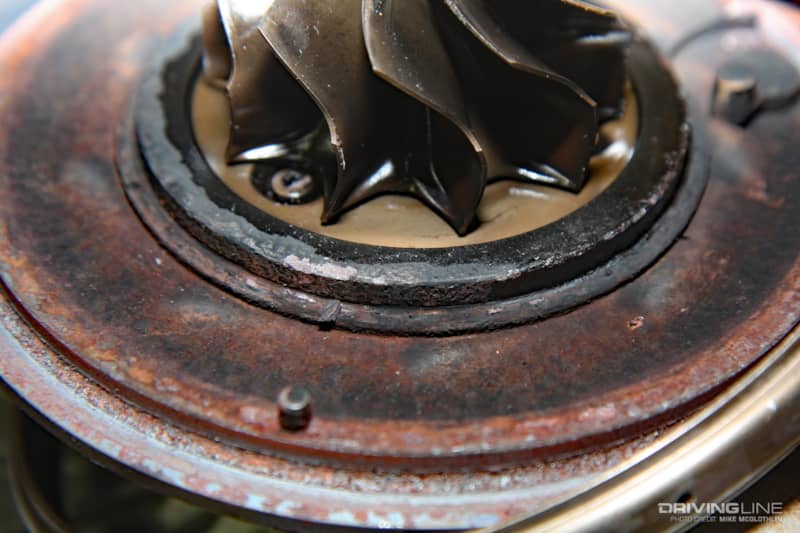
Believe it or not, disassembly and an extensive cleaning of the turbine side of the GT3782VA can solve the unison ring’s sticking issues. But in addition to breaking out the die-grinder and Scotch-Brite pad and cleaning all contact surfaces, careful inspection of the unison ring and variable vanes should take place. The vanes should be cleaned individually by hand using a penetrating lubricant and a mild grit sand paper or Scotch-Brite pad with low abrasiveness. The unison ring may need to be replaced and often is, simply for the reason of starting fresh (they retail for less than $200). During the cleaning process, many independent shops will add extra clearance for the unison ring to accommodate the inevitable buildup of rust or carbon. High-temperature anti-seize should also be added to all contact points on the unison ring, vanes and the vane control arm pin.
Unison Ring Upgrades
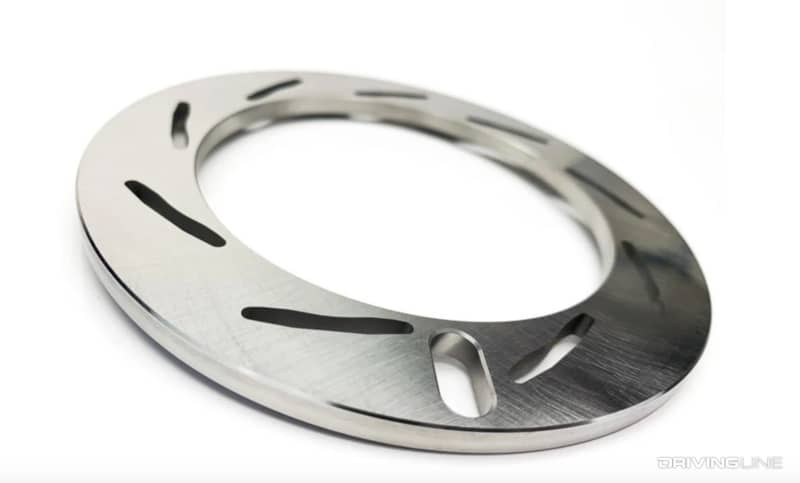
It won’t keep the turbine housing from rusting or carbon and soot buildup from occurring, but a stainless steel unison ring will resist corrosion and provide a much longer service life. Knowing this, the stainless steel unison ring from the GT3788VA (the turbo used on the LLY and LBZ Duramax) is employed in a lot of GT3782VA overhauls. Aftermarket unison rings—such as the version shown above, cut from a billet of high-quality stainless steel and available from KC Turbos—are also known to be a solid upgrade. For $159, it’s good insurance against a factory unison ring that may eventually crack or that has a worn control arm slot.
The Ultimate Fix: Fixed Geometry Turbo Swap
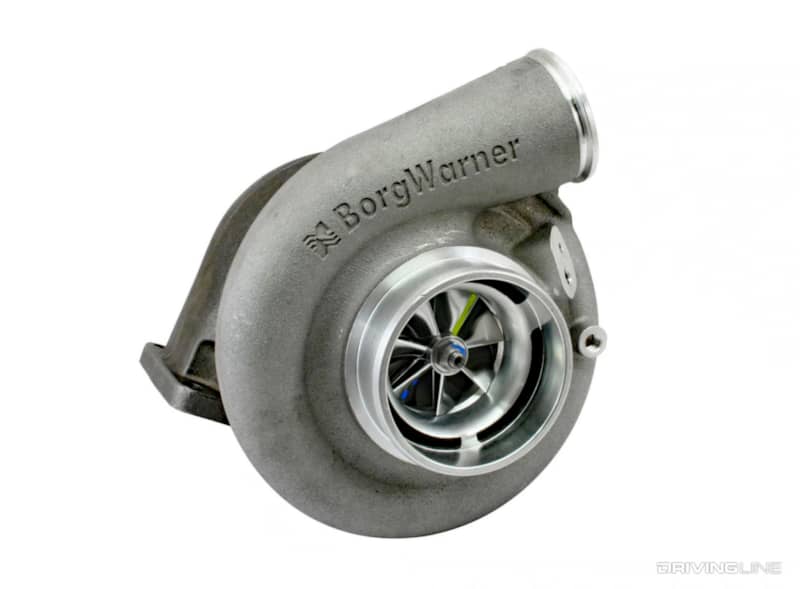
Though the aforementioned cleaning, wider tolerances and anti-seize methods will likely ensure your VGT doesn’t stick again in the future, there is an end-all, be-all fix for this type of turbo failure: a fixed geometry turbocharger. It’s definitely not the most affordable path to go, but a fixed geometry turbo (such as a BorgWarner S300) is simpler and more durable in virtually every way as compared to the GT3782VA. There is no unison ring, no vanes and no electronic solenoid associated with a fixed geometry turbo. The downside with making the switch (other than cost) is that some low-end torque is sacrificed due to a fixed geometry turbo lacking the quick responsiveness of a variable geometry unit.
Plugged EBP Sensor
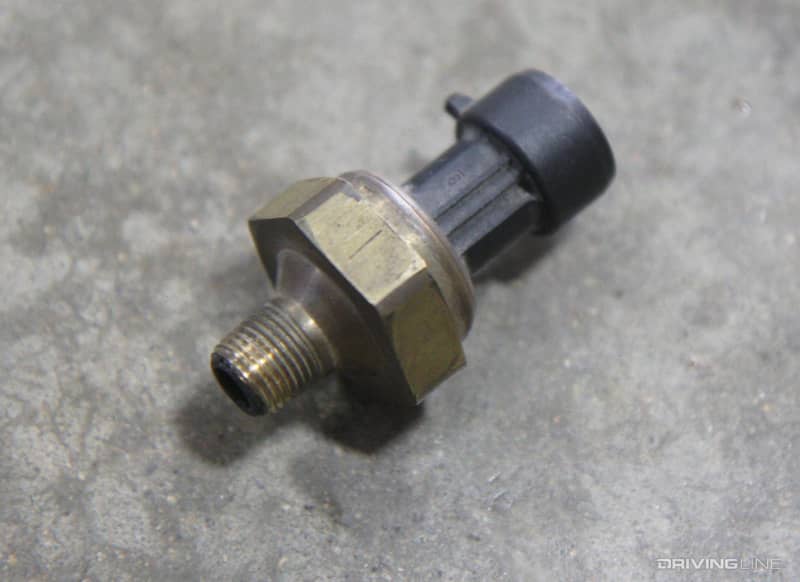
Before you confirm your stuck vane diagnosis, always check the exhaust back pressure (EBP) sensor. If the line that spans between the EBP sensor and the driver side exhaust manifold clogs with soot, inaccurate readings will be received by the truck’s PCM and the vanes will no longer function as normal. Given the very nature of its positioning, the EBP sensor line is prone to plugging up over time. It pays to clear the line out with compressed air on occasion to keep the EBP sensor happy and the turbo’s variable vane functionality on the up-and-up.

More From Driving Line
- If you thought we skipped over the 6.0L Power Stroke’s infamous head gasket issues, think again. Everything you need to know is in Part 3.











